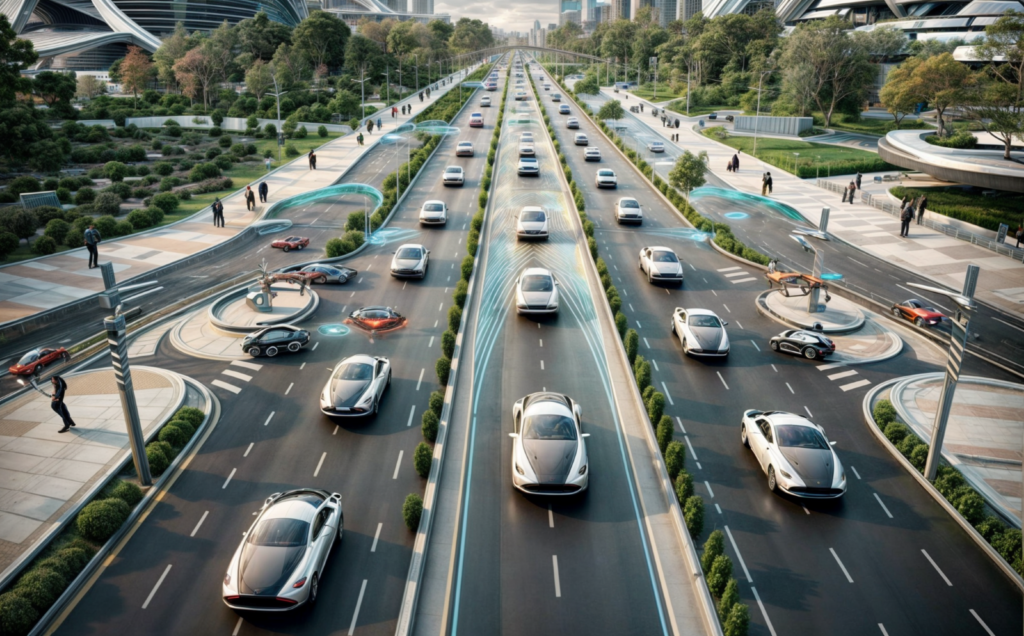Fillable Online Artificial Intelligence in Proactive Road Circuit Diagram Creating a road safety app means using the latest AI and ML technologies. This approach helps make a tool that improves road safety. It also keeps up with changes in traffic management. Let's look into how to methodically create such a forward-thinking app. 1. Understanding the Target Audience and Their Needs

An AI-based traffic management system uses machine learning (ML), computer vision, and predictive analytics to monitor, analyze, and control traffic flow. These systems integrate data from various sources—such as sensors, cameras, GPS devices, and historical traffic patterns—to make informed decisions in real time. The primary goals of AI

AI and data revolutionizing road safety Circuit Diagram
By leveraging AI to adjust traffic signals in real time, cities can reduce unnecessary fuel consumption, improve travel efficiency, and enhance road safety. Enhancing Road Safety with AI-Based Systems. AI-based detection systems contribute to road safety by accurately identifying potential hazards. Management: Real-time flow and incident detection. Automated Toll Collection: Streamlining toll processes. Integration with AI: Enables predictive analytics and real- time decision-making. D. Global Positioning System (GPS): GPS provides accurate location data for vehicles, enhancing road safety through real-time monitoring and analysis. It

By integrating AI-based traffic monitoring systems, cities can improve road safety while reducing travel times and emissions. Predictive Analytics for Accident Prevention AI's ability to analyze historical and real-time data opens the door to predictive analytics. 3. AI-Based Decision-Making: Machine learning models are trained to make intelligent decisions based on the analyzed data. These decisions include dynamically adjusting traffic signal timings to optimize flow and reduce congestion. The system continuously learns from real-time data, adapting its decision-making processes to evolving With the rise of autonomous vehicles and enhanced driver-assistance technologies, these systems are becoming increasingly sophisticated, leveraging advanced algorithms and machine learning to analyze driving conditions in real-time. The potential of AI driving safety systems to revolutionize how we perceive and experience road safety cannot be

PDF Smart Traffic Control System Using Artificial Intelligence Circuit Diagram
At TomTom, we utilize data-driven risk assessment, expert insights and advanced location intelligence to assist governments and road authorities in identifying high-risk areas and implementing proactive safety measures. By integrating real-time traffic insights with AI-driven models, we strive to make safer roads the norm rather than stand out The Real-Time Driver Drowsiness Detection System leverages artificial intelligence to enhance road safety by continuously monitoring drivers for signs of fatigue and alertness.This project aims to develop a driver drowsiness detection system that leverages TensorFlow for machine learning model development and OpenCV for real-time image processing. It is seen that, with the help of IoT, the safety system can be updated on a real-time basis which can help to create a smart, intelligent, and highly efficient Road Safety system. Artificial Intelligence (AI) is applied to enhance the technology further for detecting the driver's behavior like drowsiness with the help of real-time camera feed
